This may only be ‘Cusso’ Bill Noach’s second hot rod build but it’s a beauty, full of character and style, and about as far away from a bellybutton rod as you can get. That’s probably because Bill has a hot car pedigree that goes back five decades, from a kid watching Len Brock and John Stewart at Westmead Speedway to wrenching at Ford dealers in the heyday of the GTHO, drag racing at Castlereagh and Eastern Creek and years spent restoring a mind-bending array of Lincolns, T-Birds, Fairlanes, Mustangs and Cussos for customers at his property in north-west Sydney.
For all that, Bill had never built a hot rod. “I’ve always knocked around with hot rodders and given them a hard time. I think it was something about people regarding the ’32 roadster as being on top of the automotive food chain and me not agreeing with it,” he laughs.
That changed a few years ago when he walked past one of the Fordson tractor projects sitting in his yard.
“I said: ‘You’re next,’ then I took another step and realised I didn’t have 200 years to play with. By the time I took another step I decided that was it, time to downsize. I sold off a whole lot of stuff I’d collected over the years — panels, engines and all the big machinery — then I moved up the coast. The plan was to work on one customer car at a time, take it slow and go fishing, but for one reason or another it didn’t work out like that.”
Instead, Bill decided it was time to build a hot rod — a ’31 Ford highboy coupe that reflects his lifelong love of 50s Fords, complete with a 312 Y-block, Cusso dash and a big pearl tiller. The body was all steel, brought back to life by Bill’s own hands.
“The body was complete when I got it but it looked like it had been through Westmead Speedway. Someone had gone to town brazing it together, so I ground that out, re-welded it and got it pretty straight. It’s a nice car to drive. It has some cool bits and pieces on it, like the Thomas rocker covers and the Fenton intake. I think it has soul; it reflects who I am.”
With that car done, the hot rod bug bit hard and Bill was soon into another project — the 1930 five-window coupe that is the subject of our story. “I learnt a lot building the first coupe and I had more ideas that I’d had in mind for years that I wanted to use,” he says.
The new car consumed 26 months of work but looking at it in Bill’s shed, it looks like time very well spent. In contrast to the friendly-looking ’31 highboy, the channelled ’30 is a whole lot tougher, with a blown 292, bitching stance and an almost industrial feel to the paint and interior design.
This time around, Bill started with a bunch of squashed panels in a box trailer and painstaking stretched and stitched the lot back together.
“Once that was done, I did the roof chop, which was pretty exciting ’cos it’s the first one I’ve done! Then I channelled it over the Model A chassis and replaced most of the lower body — including making a boot lid from scratch — and got it ready for paint.”
The mechanicals were also a headache but you get the feeling that Bill relishes the challenge of turning his vision into reality.
“I don’t like big recesses in firewalls though, so I moved the body back an inch to give me some more room around the back of the engine. With a Y-block and a manual ’box in a channelled car, it is a tight fit — on the driver’s side you’ve got the exhaust, the clutch and the starter all in one little space.
“The blower was the first one I’d done too. I picked up the case 15 years ago and put some bearings in it, figured out how it all worked. I was a bit nervous about it but they’re a lot simpler than you think. Another thing I really wanted was the Jeep shifter top on the top loader — I’d always wanted to see how they worked. Same with the ram’s horn truck headers; they’re a tight fit but no-one has them. The cross-steer set-up was a lot of work but it looks good and steers great.”
The interior is just as individual, with aeronautical gauges and switchgear on a Cusso dash, plus a heap of turned metal.
“Once I’d made the timber bows for the roof, I decided to fill it with an aluminium insert. I liked the finish, so I decided to do the same with the interior. I couldn’t find anyone to do it for me, so I just learned to do it myself.”
The only things Bill didn’t do for himself were the paint, which was shot for him by Dave Murphy; the signwriting, added by Geoff Redman; and the engine machining, which was Tony Webster’s work.
“With only 300km on the clock, my daughter Madi and I drove it down to the 2011 Street Rod Nationals at Geelong,” Bill says. “That was 2000km in the pouring rain but she didn’t miss a beat. It’s a different animal to my first coupe — it’s noisier with so much metal inside and the chop-top means you’ve got to watch your head when you go over the bumps!”
For his next trick, Bill will get back to his big-car roots, finishing off his ’57 Ranchero project, complete with a McCulloch-blown Y-block. Then there’s the 368ci Y-block, which he’s setting up with mechanical injection for a Cusso gasser.
“That’s the first time I’ve played with injection and it is a bit of a head-scratcher!” Bill says. “I’ll figure it out, though.”
Why the Y-block?
What’s all the fuss about Y-blocks? Early US hot rods were overwhelmingly powered by Ford four-bangers and flathead V8s until Detroit began releasing overhead-valve V8s, starting with Oldsmobile and Cadillac in 1949. Ford got into the act in 1954 with the Y-block, the deep-skirt block creating its nickname. In the US it was just one of many OHV V8s that became raw material for hot rodders, but in Australia things were different.
Cadillac, Chrysler Hemis and even small-block Chevs were much thinner on the ground here but the big numbers of Customlines and Mainlines sold meant there were plenty of Y-blocks around, giving rodders a much more powerful alternative to the traditional flathead. So if you want to build a hot rod with an authentic 60s Aussie flavour, a Y-block is the way to go. Here’s just a taste of the Y-block goodies in Bill’s collection:
1930 Ford coupe
Cusso Bill
| Paint: | Brilliant Silver |
|---|---|
| DONK | |
| Type: | Y-block 292ci |
| Inlet: | Cragar |
| Carb: | Holley 750DP |
| Blower: | GM 4/71 |
| Heads: | ECG-S |
| Valves: | 2in (in), 1 5/8in (ex) |
| Cam: | Solid, blower grind |
| Pistons: | Jahns forged, 8.5:1 |
| Crank: | Steel truck |
| Conrods: | HD truck |
| Radiator: | Walker four-core, flex fan |
| Exhaust: | Ram’s horn headers |
| Ignition: | Pertronix igniter and flamethrower coil |
| SHIFT | |
| Box: | Top loader, Jeep shifter top |
| Clutch: | 10in diaphragm |
| Diff: | BorgWarner, 3.5:1 |
| BENEATH | |
| Front end: | So-Cal 4in drop axle and spring |
| Shocks: | Land Rover (f), Falcon (r) |
| Steering: | Side steer with HK box |
| Brakes: | XA rotors, Commodore calipers (f), 10in drums (r) |
| ROLLING STOCK | |
| Rims: | Customline, 5×15 (f), Falcon 6×15 (r), ’65 XL Galaxie caps |
| Rubber: | Coker Classics, 520×15 (f), H78x15 (r) |
THANKS
Dale Murphy Paint & Panel (0431 246 749); Geoff Redman; Tony Webster, Webby’s Speed Shop; Auto Lac Paints, Cardiff; Kevin Pryce Engine Balancing
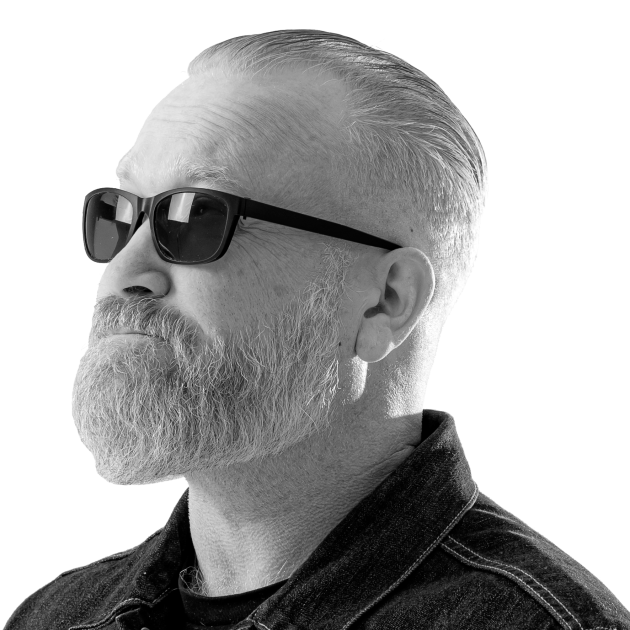
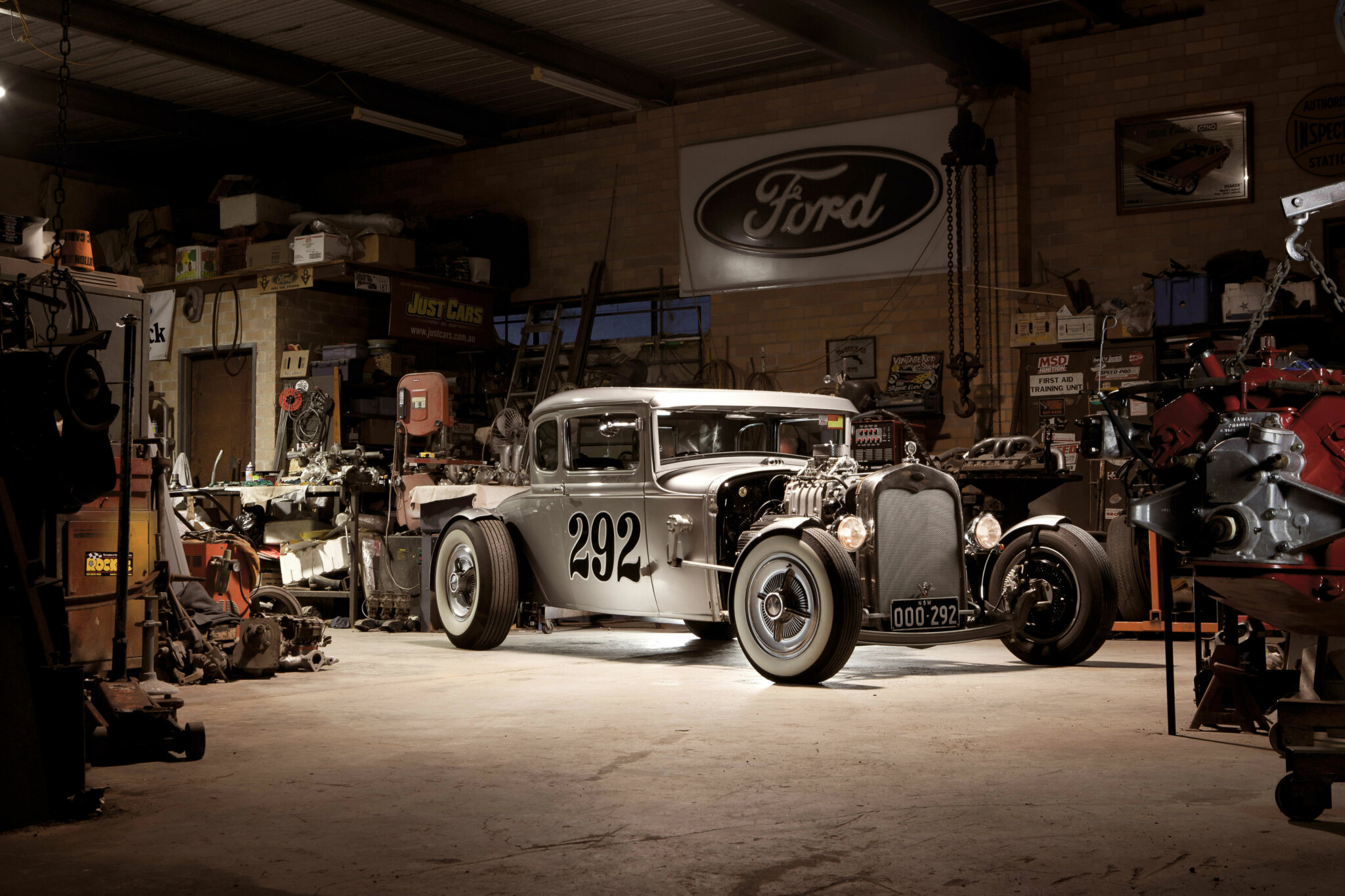
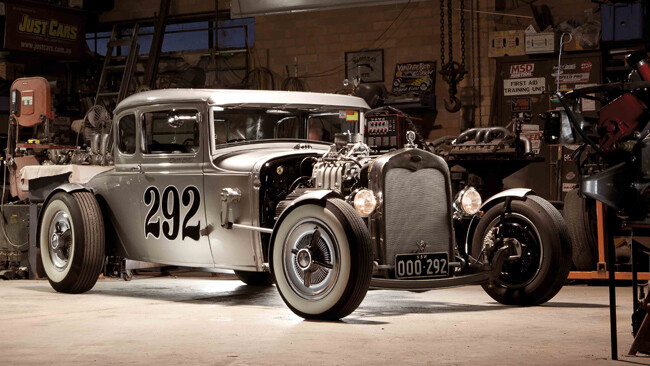
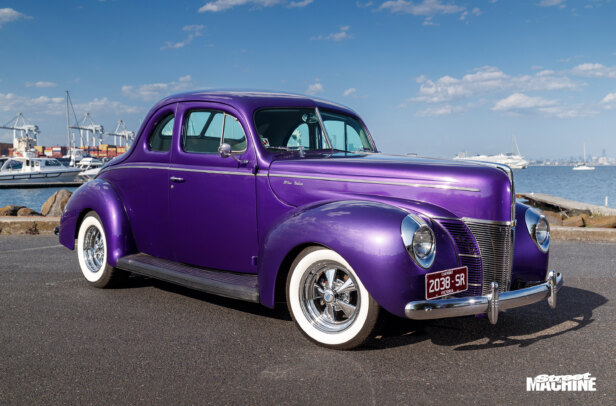
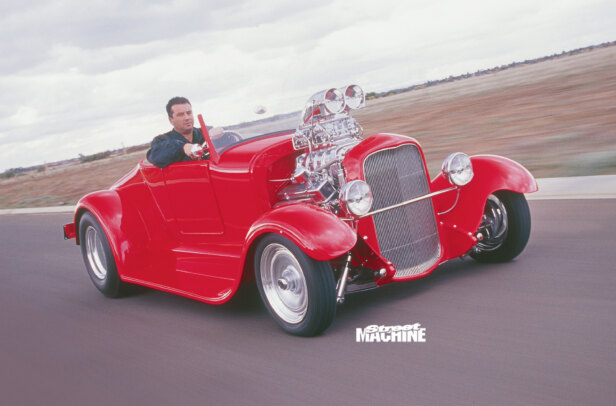
Comments